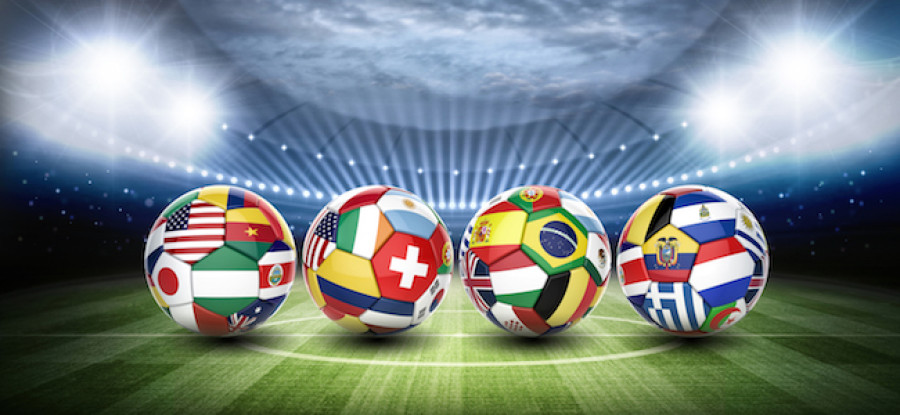Forming teams of their own: The dramatic emergence of player associations across the globe

In 1974 the Brookings Institution published a volume edited by economist Roger Noll entitled Government and the Sports Business.[1] In a chapter on "Labor[2] Relations in Sport" James Scoville observed that "player associations are almost as old as professional sports".[3] His major concern was examining their impact on the respective labour markets of the Big Four of American sports, baseball, basketball, American football and (ice) hockey.
This paper contains an Appendix entitled "An Imperfect Register of Player Associations: November 2016". It provides information on the name, year of formation of player associations and their membership, or otherwise, into different types of federations/confederations. Distinctions are made between associations of employees and independent contractors.[4] There are also a small number of amateur associations who, broadly speaking, operate in a similar way to player associations. As explained in the Appendix, broad references to respective websites are provided rather than the full referencing associated with scholarship, because of reasons of space.
The Appendix enables us to be precise in identifying the player associations in existence when Scoville made his observation. In 1973, there were 29 player associations operating across the globe. Eleven were in Football/Soccer (eight in Europe, three in South America), six in North America (the Big Four in the USA, plus Rodeo Cowboys and Canadian Footballers), Jockeys[5] in the USA, Canada, France, England and Ireland, two in Cricket (England and West Indies), Baseball players in Japan, French Cyclists, Finnish Basketball and players of Australian Football. The oldest continuous association is England’s Professional Footballers’ Association, formed in 1907.[6] In 1965, five Football associations from France, Scotland, England, Italy and the Netherlands formed the first ever players’ federation, the International Federation of Professional Footballers’ Associations (FIFPro), "to co-ordinate the activities of the different players’ associations and indeed to represent the interests of the professional players…[and] to have contact with FIFA".[7]
To continue reading or watching login or register here
Already a member? Sign in
Get access to all of the expert analysis and commentary at LawInSport including articles, webinars, conference videos and podcast transcripts. Find out more here.
- Tags: Australia | Australian Athletes Alliance (AAA) | Basketball | BRazil | Canada | Cricket | Cycling | Federation of International Cricketers' Associations (FICA) | FIFA | FIFPro | Football | France | Golf | Handball | Hockey | Mixed Martial Arts Athletes Association (MMAAA) | MMA Fighters Association | PGA World Alliance | Player Associations | Professional Fighters Association | Professional Footballers’ Association (PFA) | Rugby | UNI Global Athletes | United Kingdom (UK) | United States of America (USA)
Related Articles
- Analysis of the legal arguments in FIFPro’s challenge to FIFA's football transfer system
- The legality of fixed-term employment contracts in European professional football – The Müller case and beyond
- Initial thoughts on Real Madrid’s transfer ban being partially upheld by CAS
- Cross-code transfers in Rugby – Will the Denny Solomona case set a new precedent?
Written by
Braham Dabscheck
Braham Dabscheck is a Senior Fellow, Faculty of Law, University of Melbourne, Australia.
Previously, he taught industrial relations at the University of New South Wales for 33 years until 2006 and established himself as an international expert in the field. Among his extensive publications are almost 80 book chapters and articles on industrial relations, economic and legal aspects of sports in Australia, Europe (including the United Kingdom), Japan, New Zealand, the United States and Zimbabwe.




